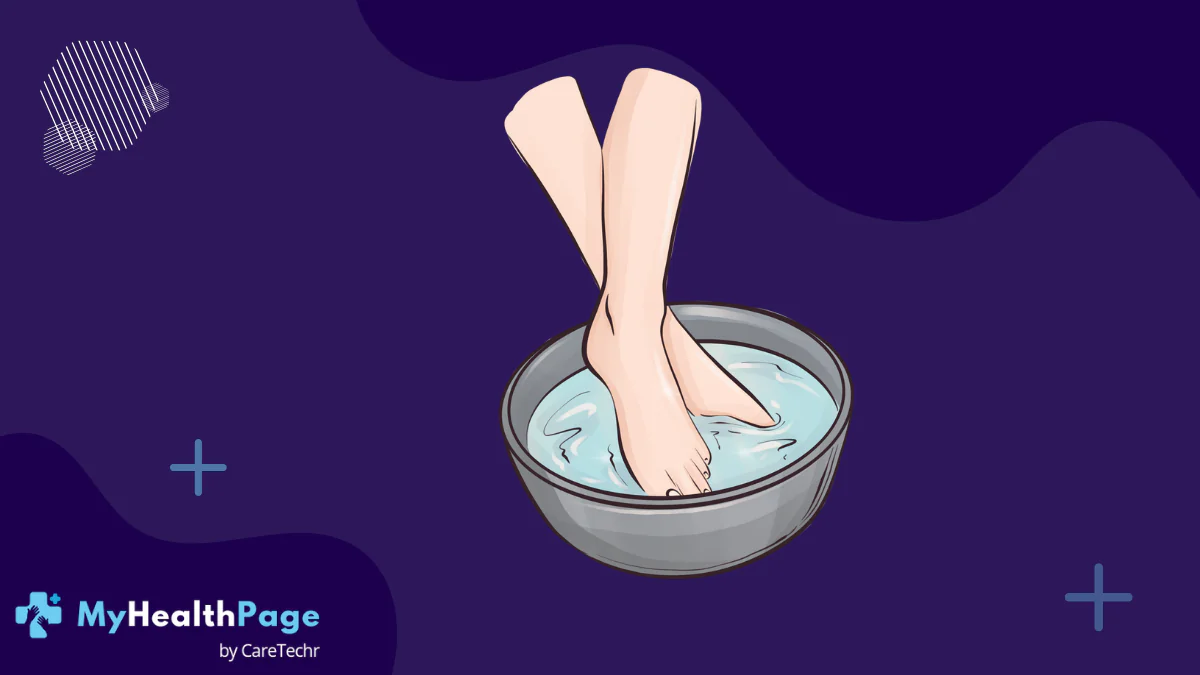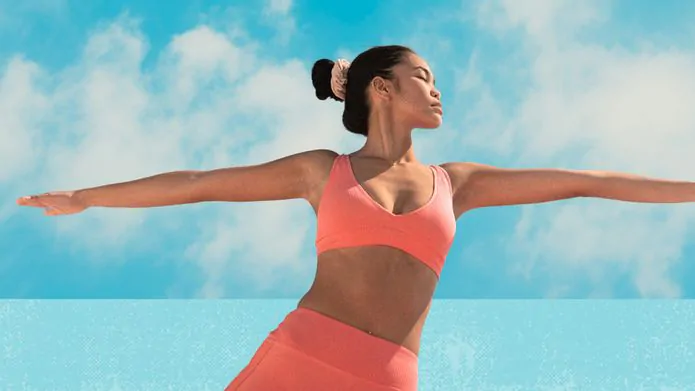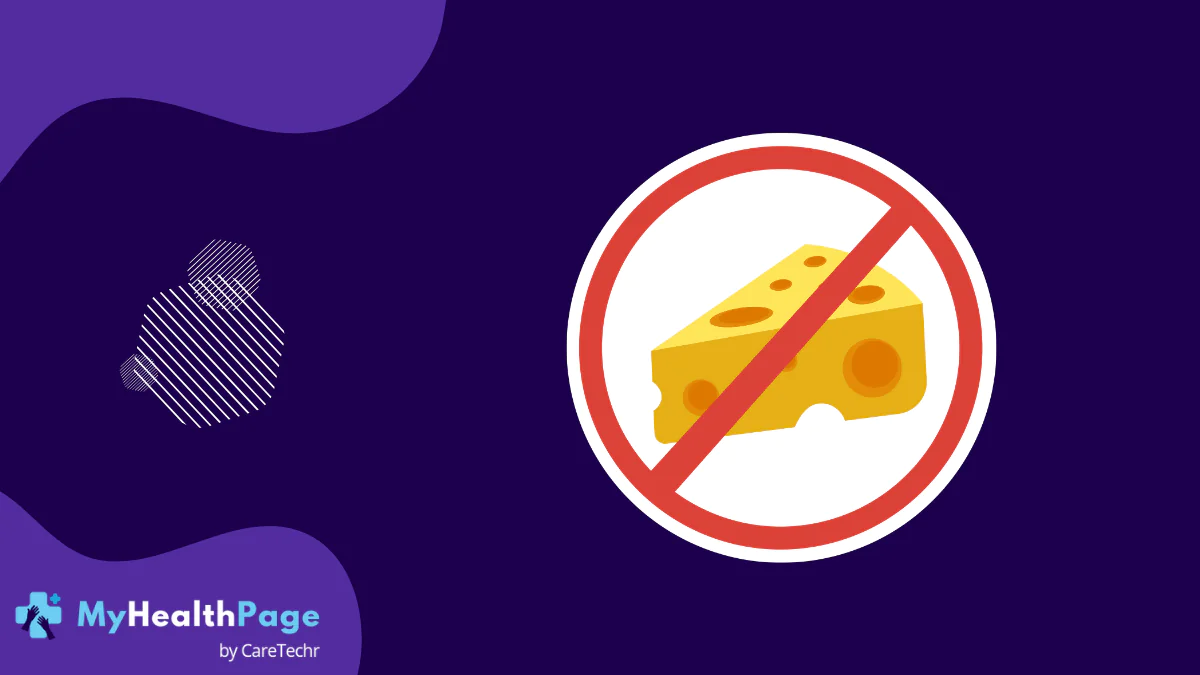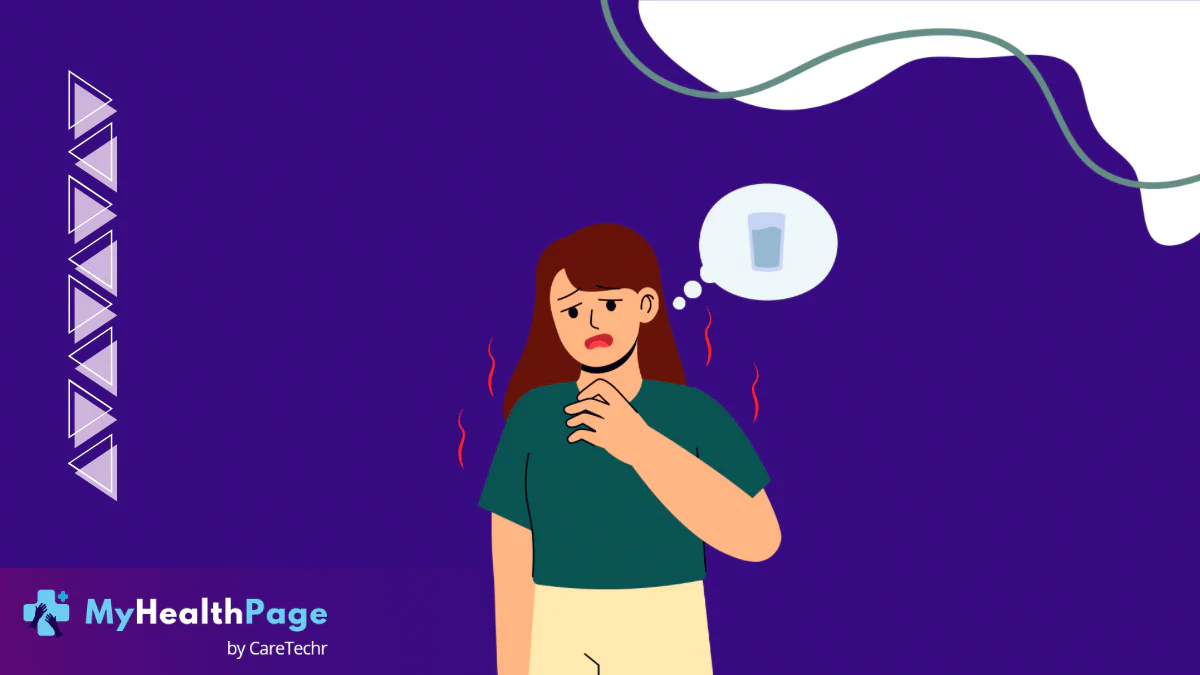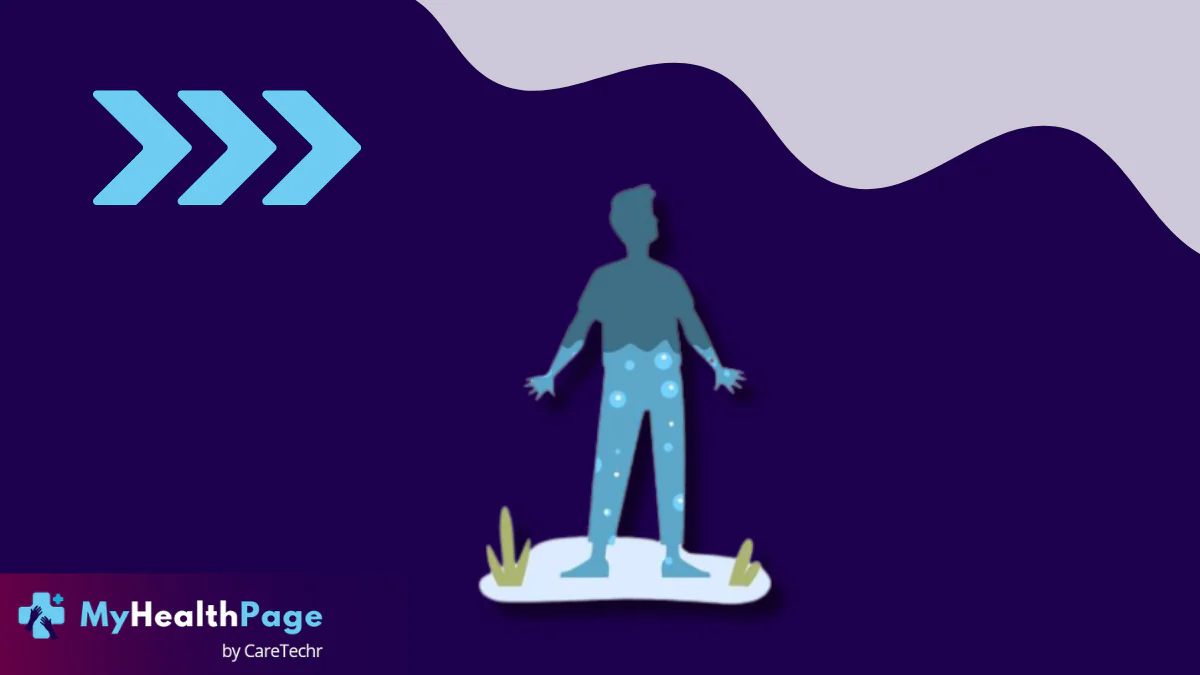Feet are often the most neglected part of personal hygiene, despite their constant exposure to moisture, sweat, and the elements. Poor foot hygiene creates the ideal environment for infections like athlete’s foot to thrive. Athlete’s foot, medically known as tinea pedis, is a contagious fungal infection that affects the skin of the feet. It is characterized by itching, redness, cracking, and discomfort.
Neglecting foot hygiene can lead to prolonged dampness, accumulation of dirt, and the spread of fungi, making the condition worse. In this article, we’ll explore how poor hygiene contributes to athlete’s foot, its symptoms, and how to prevent and treat this common condition.
What Is Athlete’s Foot?
Athlete’s foot is a fungal infection caused by dermatophytes, a type of fungus that thrives in warm, moist environments. Commonly found in public places like gyms, pools, and locker rooms, this infection spreads easily through direct contact with contaminated surfaces or infected skin.
Although anyone can develop athlete’s foot, poor foot hygiene significantly increases the risk by creating a conducive environment for fungal growth.
How Poor Foot Hygiene Contributes to Athlete’s Foot
1. Prolonged Dampness
Sweat and moisture are inevitable, especially for active individuals. Failing to dry your feet properly after showers or exercise creates a damp environment where fungi thrive.
2. Wearing Dirty or Damp Socks
Reusing unwashed socks or wearing damp ones traps sweat and provides a breeding ground for fungal spores. The same applies to dirty shoes that don’t allow proper ventilation.
3. Lack of Regular Washing
Skipping regular foot washing allows sweat, dirt, and dead skin cells to accumulate. This buildup provides nourishment for fungi, increasing the risk of infection.
4. Walking Barefoot in Public Areas
Walking barefoot in communal showers, pools, or gym locker rooms exposes feet to surfaces contaminated with fungal spores. Poor hygiene practices compound the risk of contracting athlete’s foot.
5. Neglecting Toenail Hygiene
Dirty or overgrown toenails can harbor fungi, which may spread to the skin of the feet. Keeping toenails clean and trimmed is essential for preventing fungal infections.
Symptoms of Athlete’s Foot
Athlete’s foot can present in various ways, depending on the severity and type of infection. Common symptoms include:
- Itching and Burning: Persistent itching, especially between the toes, is a hallmark symptom.
- Cracked or Peeling Skin: The skin may crack, peel, or appear scaly, particularly on the soles and sides of the feet.
- Redness and Inflammation: Affected areas may appear red and swollen.
- Blisters: In some cases, blisters filled with fluid may form.
- Foul Odor: A strong, unpleasant smell can occur due to fungal overgrowth and poor hygiene.
- Thickened or Discolored Toenails: If the infection spreads to the toenails, they may become yellow, brittle, and thickened.
Who Is Most at Risk?
While athlete’s foot can affect anyone, certain factors increase susceptibility:
- Athletes and Active Individuals: Increased sweating and time spent in communal areas elevate the risk.
- People with Poor Hygiene Habits: Neglecting proper foot care significantly heightens the likelihood of infection.
- Individuals with Weak Immune Systems: Conditions like diabetes or compromised immunity make it harder for the body to fight off fungal infections.
- Those Wearing Tight or Non-Breathable Shoes: Shoes that don’t allow airflow trap heat and moisture, creating the perfect environment for fungi.
How to Prevent Athlete’s Foot
1. Practice Good Foot Hygiene
- Wash your feet daily with soap and water, ensuring you clean between the toes.
- Dry your feet thoroughly after washing or exercising.
2. Keep Feet Dry
- Avoid wearing damp socks or shoes. Change socks if they become wet or sweaty during the day.
- Use foot powders or antifungal sprays to keep feet dry and prevent moisture buildup.
3. Wear Breathable Footwear
- Opt for shoes made of materials like leather or mesh, which allow airflow.
- Avoid wearing the same pair of shoes every day to give them time to dry out.
4. Choose the Right Socks
- Wear moisture-wicking socks made from materials like cotton or wool.
- Change socks daily, or more frequently if needed.
5. Protect Your Feet in Public Areas
- Always wear flip-flops or sandals in communal showers, locker rooms, and pool areas.
- Avoid walking barefoot in these spaces to minimize exposure to fungal spores.
Treatment Options for Athlete’s Foot
If you develop athlete’s foot, early treatment can prevent the infection from spreading or worsening. Common treatment options include:
1. Over-the-Counter Antifungal Medications
- Creams, Sprays, or Powders: Products containing clotrimazole, terbinafine, or miconazole are effective for mild cases.
- Application: Apply these medications to clean, dry feet as directed, usually for 1–4 weeks.
2. Prescription Treatments
- For severe or recurring infections, a doctor may prescribe stronger antifungal creams or oral medications.
3. Home Remedies
- Saltwater Soaks: Soaking your feet in warm saltwater can help reduce itching and inflammation.
- Apple Cider Vinegar: Diluted apple cider vinegar has antifungal properties and may help alleviate symptoms.
- Tea Tree Oil: This essential oil has natural antifungal effects but should be diluted with a carrier oil before application.
4. Addressing Underlying Causes
- Improve hygiene practices to prevent reinfection.
- Disinfect shoes and socks regularly to eliminate fungal spores.
When to See a Doctor
Seek medical attention if:
- Symptoms persist despite using over-the-counter treatments.
- The infection spreads to other parts of the body, such as the toenails or hands.
- Blisters or severe inflammation develop, indicating a secondary bacterial infection.
The Role of Hygiene in Long-Term Foot Health
Maintaining proper foot hygiene goes beyond preventing athlete’s foot—it contributes to overall health and comfort. Here’s why hygiene matters:
- Prevents Infections: Regular cleaning removes sweat, dirt, and fungi.
- Eliminates Odor: Keeping feet dry and clean reduces bacterial activity that causes foul smells.
- Promotes Skin Health: Prevents cracks and irritation, which can become entry points for infections.
Myths About Athlete’s Foot
Myth 1: Only Athletes Get Athlete’s Foot
Fact: While athletes are at higher risk, anyone can develop athlete’s foot, especially with poor hygiene.
Myth 2: It Will Go Away on Its Own
Fact: Without treatment, the infection may worsen or spread. Prompt treatment is essential.
Myth 3: Antifungal Medications Work Immediately
Fact: Most treatments require consistent application for several weeks to eliminate the infection completely.
FAQs About Athlete’s Foot
1. Can athlete’s foot spread to other parts of the body?
Yes, if left untreated, it can spread to the toenails, hands, or other areas of the skin.
2. Is athlete’s foot contagious?
Yes, it spreads through direct contact with contaminated surfaces or infected skin.
3. Can I prevent athlete’s foot with just good hygiene?
Good hygiene is crucial but should be combined with protective measures like wearing shoes in communal areas.
4. Are there natural ways to treat athlete’s foot?
Home remedies like tea tree oil and saltwater soaks may help, but they should complement—not replace—antifungal treatments.
5. Can children get athlete’s foot?
Yes, children are also susceptible, especially if they walk barefoot in communal spaces or neglect foot hygiene.
Conclusion
Poor foot hygiene is a primary factor in the development and spread of athlete’s foot. This common fungal infection thrives in damp, unclean environments, making proper foot care essential for prevention. Regular washing, thorough drying, wearing breathable footwear, and avoiding barefoot exposure in communal areas are simple yet effective strategies to keep your feet healthy.
Read Also: Wearing Ill-Fitting Shoes Can Increase the Risk of Plantar Fasciitis
Medical Disclaimer: This article is for informational purposes only and is not a substitute for professional medical advice. Always consult with a healthcare provider for personalized recommendations.

